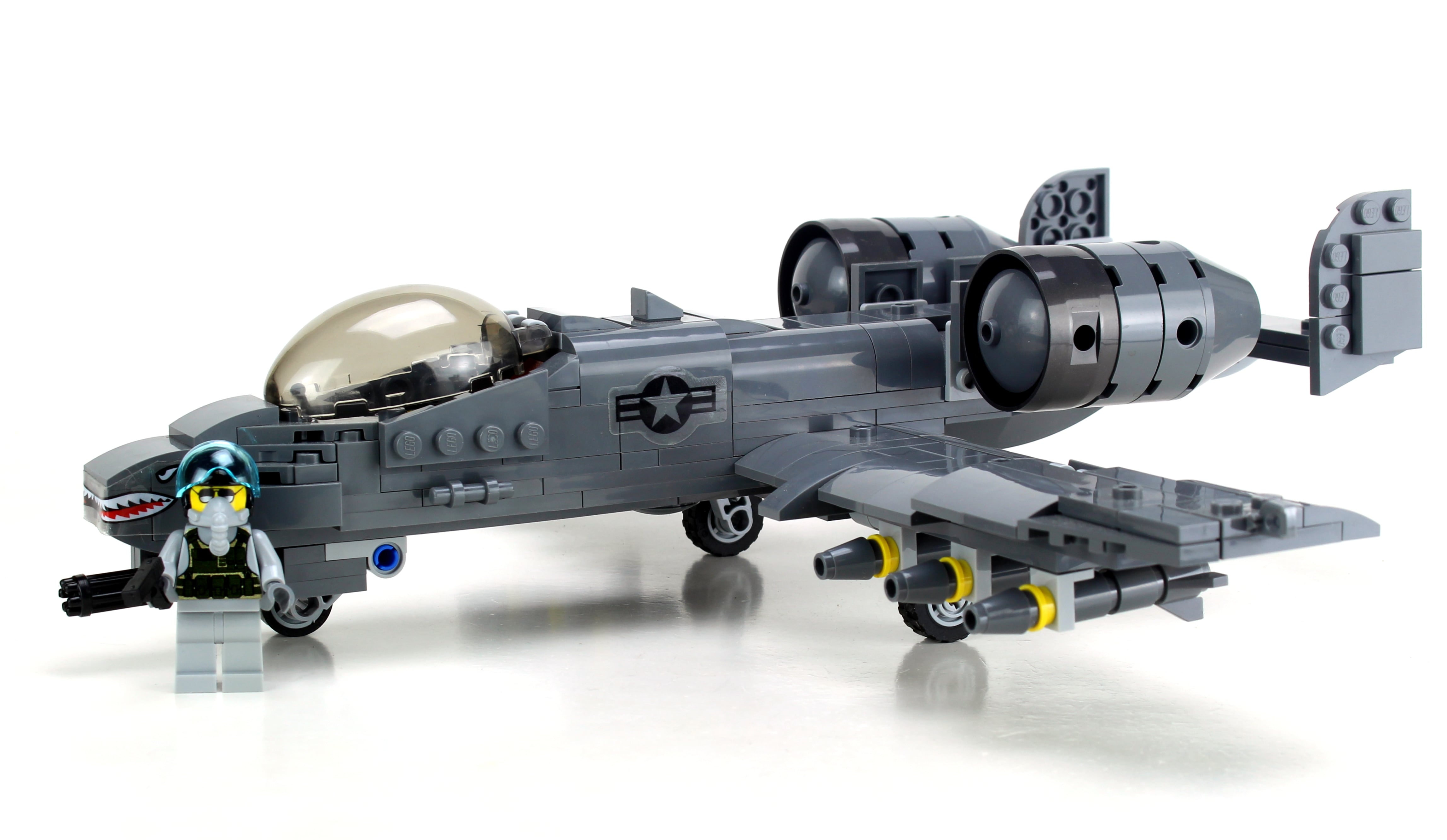When I was 15 years old, my vision started to go. As a military brat, the options for eyewear were limited to a set of frames offered by the Navy’s medical system. It was while trying on various pairs that I heard the phrase “birth control glasses” for the first time.
Luckily, my parents decided I could invest in eyewear from Lenscrafters. But for about a century, service members — in more recent history, those in basic training — haven’t been so lucky. At least, that’s how long the military crusaded to transform anyone wearing standard-issue spectacles into ... well, a spectacle.
In 1917, the U.S. military came to the realization that not every sailor, soldier, airman or Marine had perfect vision. As such, the Subcommittee of Ophthalmology, which fell under the Council of National Defense, was tasked with standardizing glasses.
“At the beginning of the war no provision existed for supplying soldiers with spectacles,” according to Army records.
The remedy for the lack of standardized eyewear during World War I gave rise to the military’s now infamous “birth control glasses.”
“The need for proper eyewear led to the development of a program in 1917 to furnish spectacles to officers and recruits for a price 10 percent over the government’s cost for the frame and lenses,” Army history indicates. “The following year the Army authorized the free issue of spectacles to enlisted personnel.”
The program ended in 1918, however, and it was not expected to be resurrected. Unfortunately, just two short decades later, another World War necessitated standard issue eyewear.
“The Medical Department was alerted in May 1941 by the commanding officer of the post hospital at Fort McClellan, Ala., who reported 75 enlisted men with glasses broken in line of duty who could not afford replacements, and others for whom glasses had been prescribed but who had no money to buy them,” according to AMMED records. “In less than a month, on recommendation of The Surgeon General, the Medical Department was directed to provide spectacles, repairs, and replacements to all military personnel needing them.”
The Army originally went with frames that were 10% nickel silver, but increased that construction to 18% when it was noted that heat on the lower percentage glasses caused dermatitis.
The American Optical Company and the Bausch & Lomb Optical Company were the only two outfits that could handle such wide-scale production needs, and while the contract was originally given to the former, it was eventually unable to meet demand, making Bausch and Lomb the official eyewear makers for the U.S. Army.
The wire frames of the time, of course, were not exactly the most flattering spectacles, but it would be in the aftermath of World War II that the thick iterations, also known as BCGs, made their debut. First, there were black thick-rimmed cellulose acetate frames, a version that eventually settled into its brown “S9″ form in the mid-1970s.
And like my mother told me when I tried on a pair at the base optometrist’s office, “They make you so ugly that no one wants to sleep with you.”
Alas, the brown cellulose acetate frames were discontinued in 2012 — a moment of relief for some, but one of profound sadness for those who seemingly love the thick rims that scream, “I am Roy Orbison!”
A Facebook page still pays homage to the BCGs.
What’s more, despite the Army’s decision to do away with the BCGs, large color-block glasses have been made fashionable once more. So, if your grandpa has a pair of BCGs around, you could always fill them with your own lenses. It’s certainly a lot cheaper than paying for contraceptives.
Sarah Sicard is a Senior Editor with Military Times. She previously served as the Digitial Editor of Military Times and the Army Times Editor. Other work can be found at National Defense Magazine, Task & Purpose, and Defense News.
In Other News















